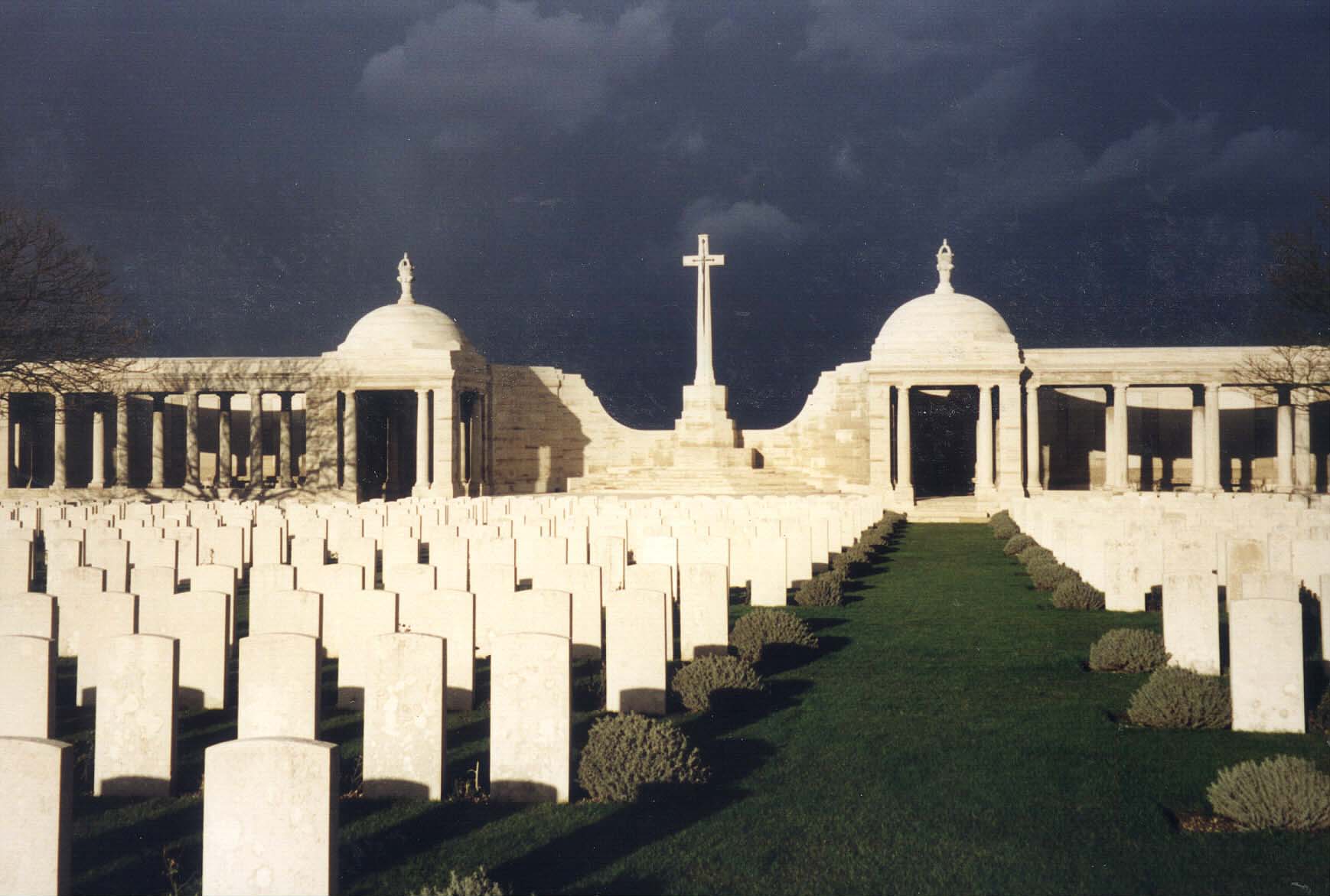Tom Mattison
Date of birth: 1880
Date of death: 26.9.1915
Area: Brotherton
Regiment: York & Lancaster
Family information: Husband of Harriet Mattison of Low Street, Brotherton
Rank: Private
Service number: 15708
War Service
He joined the 10th Battalion of the York and Lancaster Regiment during the early part of the war. The 10th (Service) Battalion York and Lancaster Regiment was formed in Pontefract in Sept 1914 and formed part of the 63rd Brigade, 21 Division. Thomas entered the “theatre of war” on 10th Sept 1915. His regiment participated in the Battle of Loos in September 1915.The ground on which this battle was fought lies north of Vimy Ridge, an area of small mining towns, Loos, Lens and La Bassee.
Where there are mining towns there are pit head winding stations, ideal as observation posts (the best known was Tower Bridge at Loos, so called because of the double towers for the winding gear), and slag heaps and these would be found around Loos and some would become familiar names during the battle. The battle started on 25th September and has often been written of as a failure, although it was a success. Some 60,000 casualties were suffered by the Allies, many of them on the
first day, but some 8,000 yards of German front line was taken. However, the objective of the attack was to effect a breakthrough to the rear areas, this did not happen.
Thomas was killed in action on 26th September 1915 at the age of 34 just 16 days after landing in France. He is commemorated at the Loos Memorial.
The Loos Memorial forms the side and back of Dud Corner Cemetery, and commemorates over 20,000 officers and men who have no known grave, who fell in the area from the River Lys to the old southern boundary of the First Army, east and west of Grenay. Loos-en-Gohelle is a village 5 kilometres north-west of Lens, and Dud Corner Cemetery is located about 1 kilometre west of the village, to the north-east of the N43 the main Lens to Bethune road.
Dud Corner Cemetery stands almost on the site of a German strong point, the Lens Road Redoubt, captured by the 15th (Scottish) Division on the first day of the battle. The name "Dud Corner" is believed to be due to the large number of unexploded enemy shells found in the neighbourhood after the Armistice. On either side of the cemetery is a wall 15 feet high, to which are fixed tablets on which are carved the names of those commemorated. At the back are four small circular courts, open to the sky, in which the lines of tablets are continued, and between these courts are three semi-circular walls or apses, two of which carry tablets, while on the centre apse is erected the Cross of Sacrifice.
Family Life
I have traced the Mattison family back to about 1758 to the birth of Robert in Hillam.
I have used the spelling Mattison throughout this account as it is the one used by the CWGC and is on a family grave in Brotherton Cemetery. Other spellings to found in various sources include Mathson, Matteson and Matterson.
In 1881 Thomas (1st) and Margaret were living in the High Street, Brotherton with children Emily (5), James William (2) and Thomas (2nd) aged 1. Thomas (1st) was employed as a ‘coal miner’.
They were still in the High Street ten years later in 1891. The family had grown to include Frances Sarah (3) and Rhoda (1). Thomas (1st) was still mining.
In 1901 the family were resident in Jackson’s Yard off the High Street. Whilst Emily had departed the household there had been 3 additions - John Robert (9), Maggie (6) and George Alfred (3). Both James and Thomas (2nd) were ‘hewers’ like their father.
In May 1908 Thomas (2nd) married Harriet Hunter, the daughter of Henry and Harriet Hunter of Brotherton. By 1911 they were living on the High Street and had two children – Harold (2) and William (6 months).
 Loos Memorial
Loos Memorial

